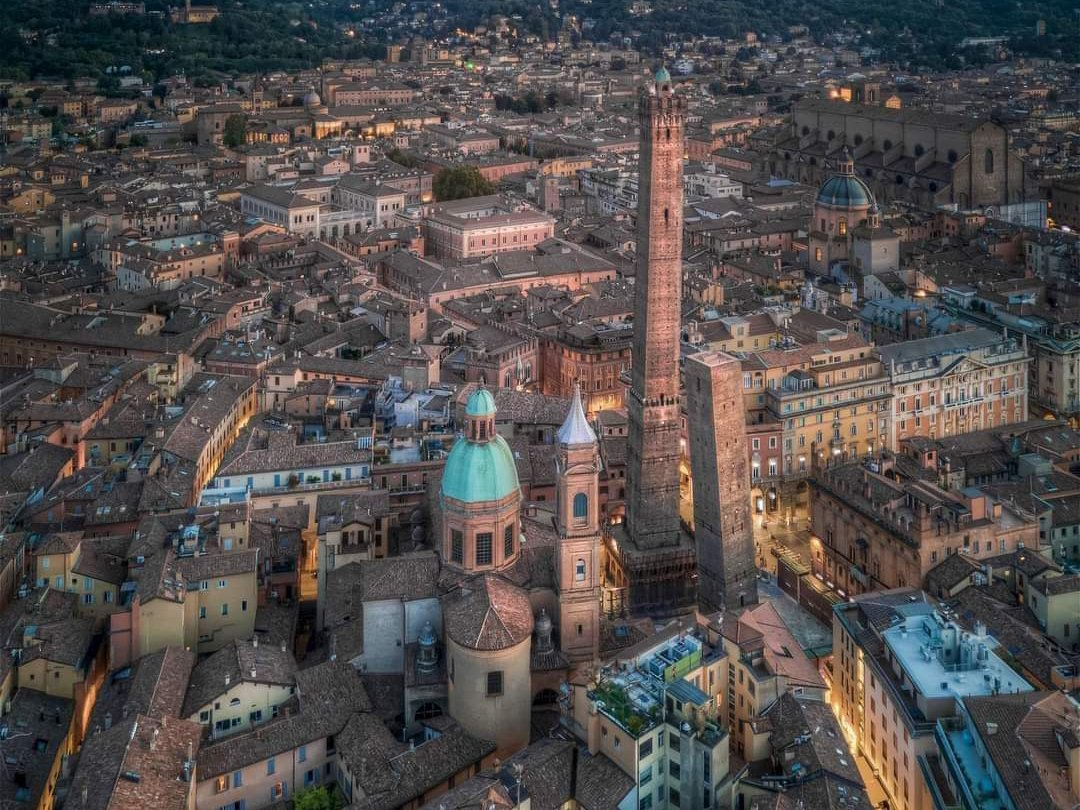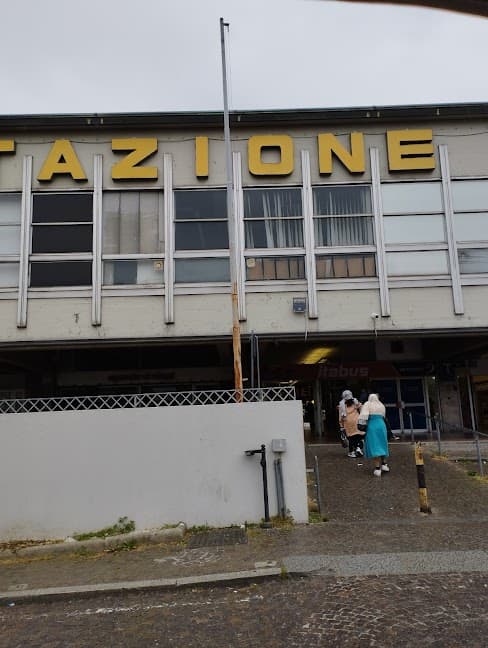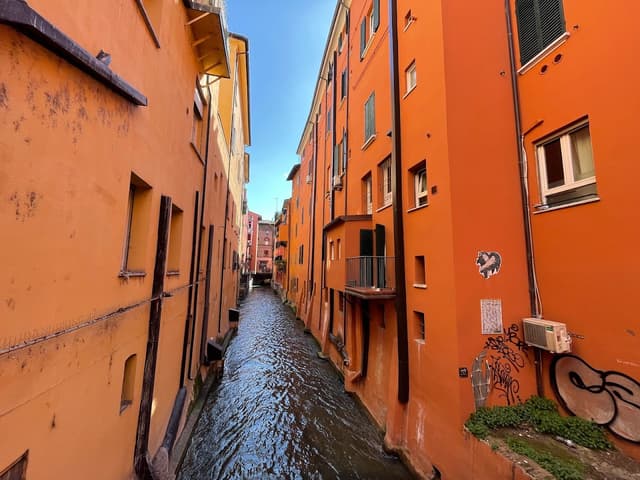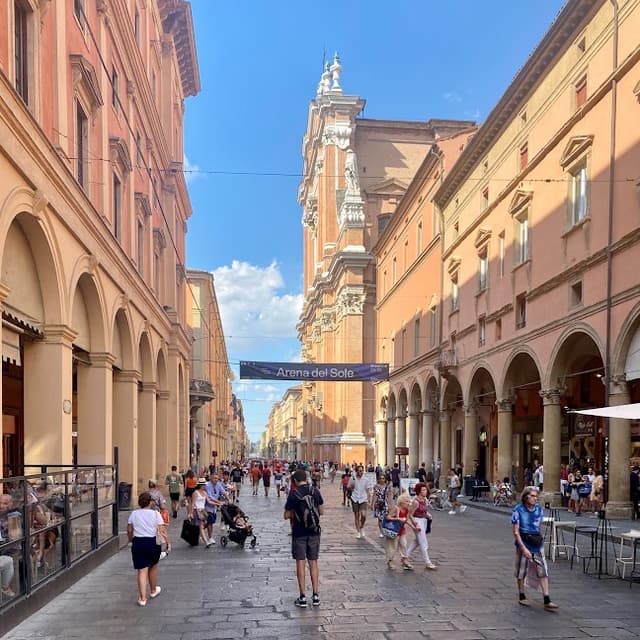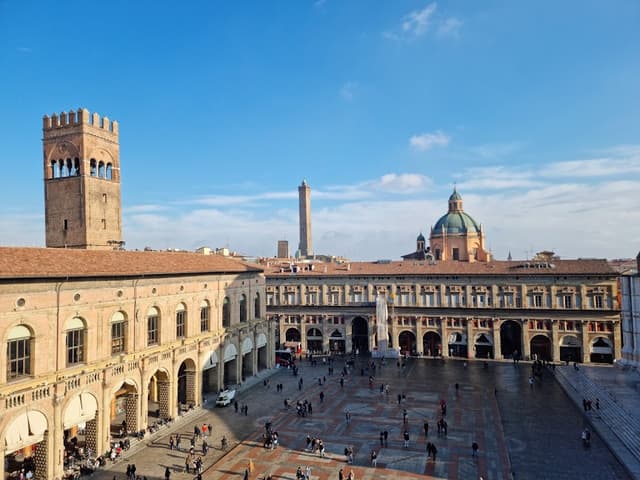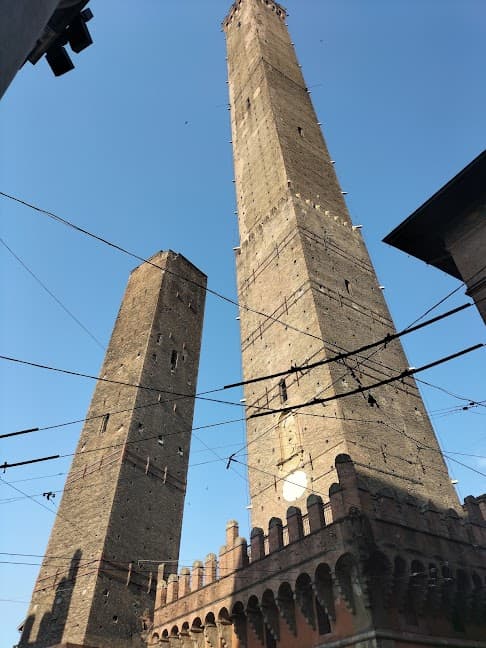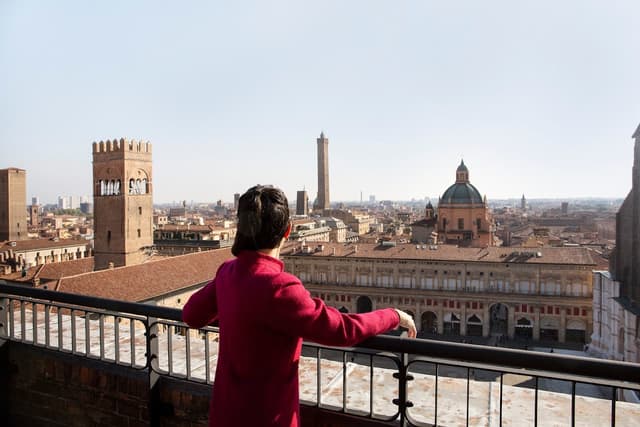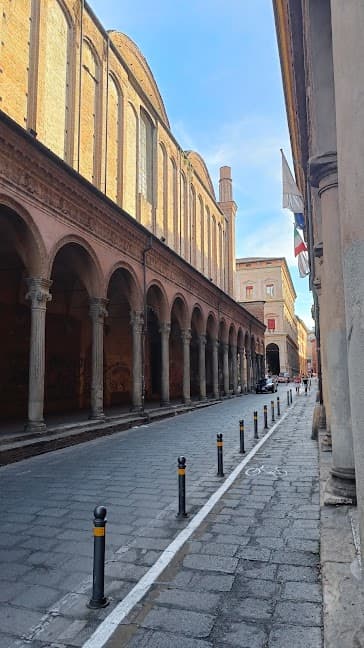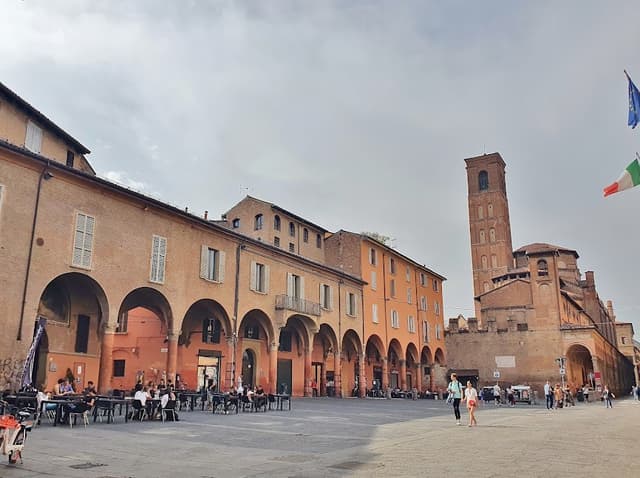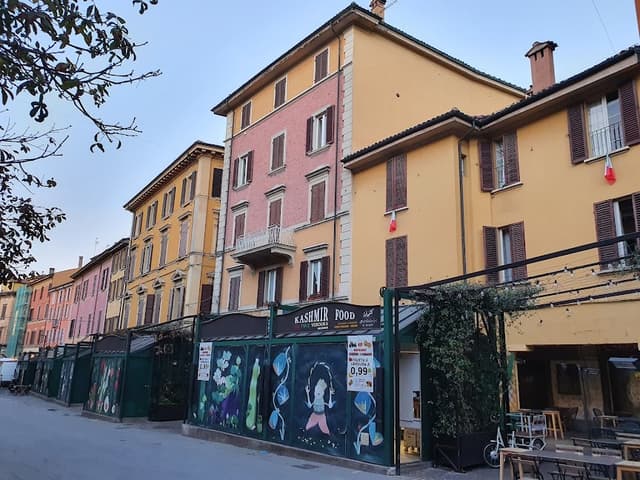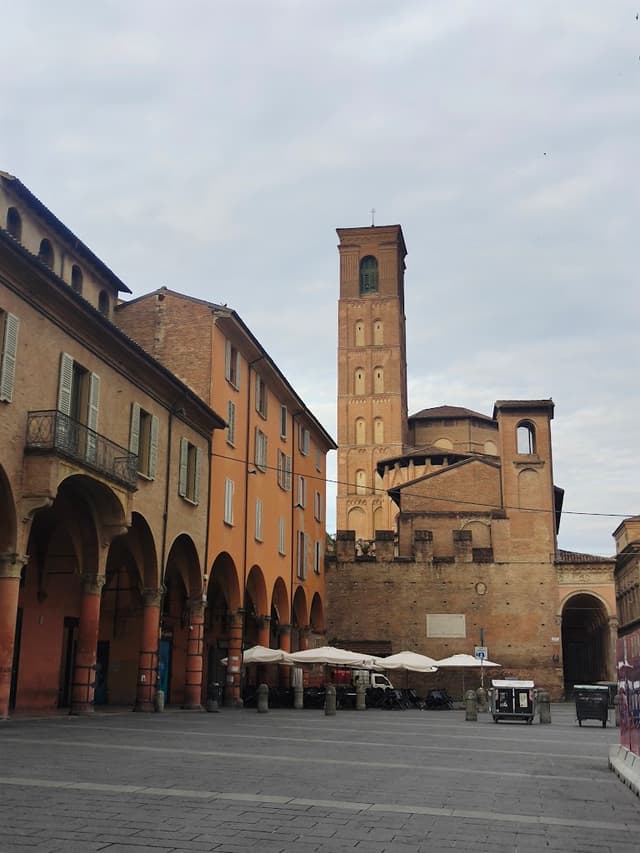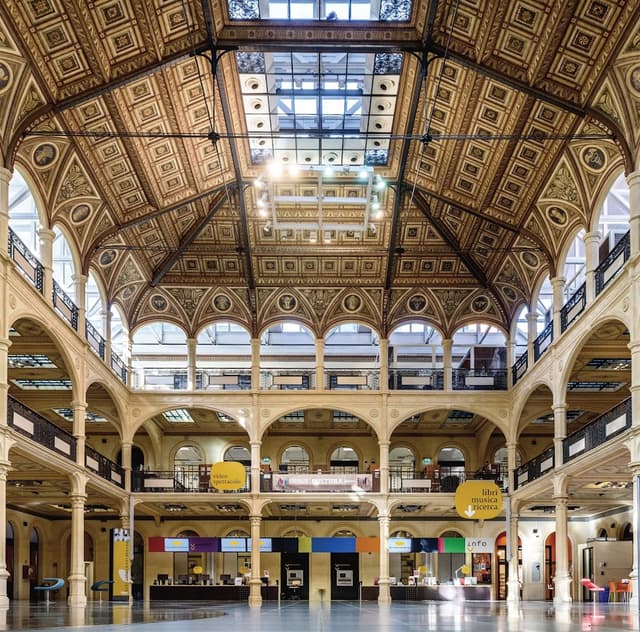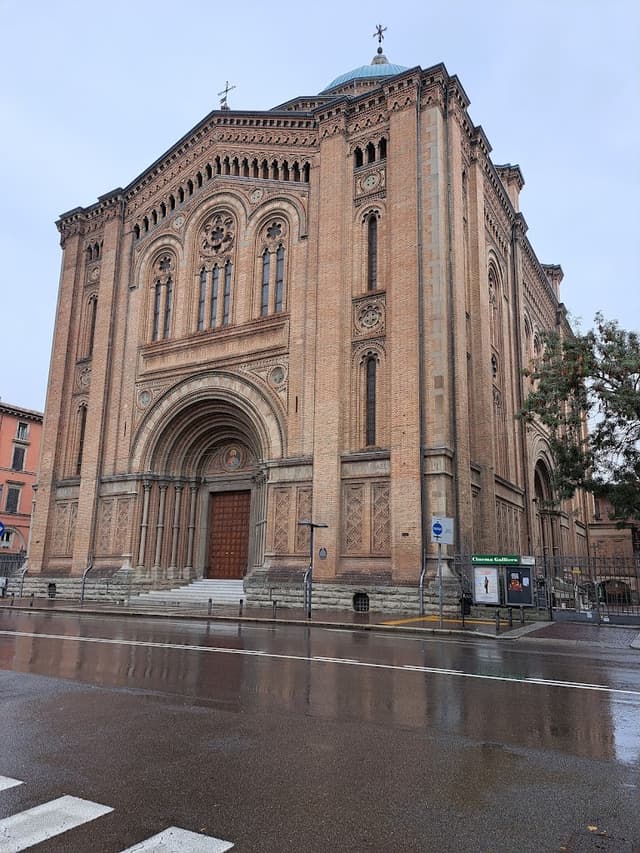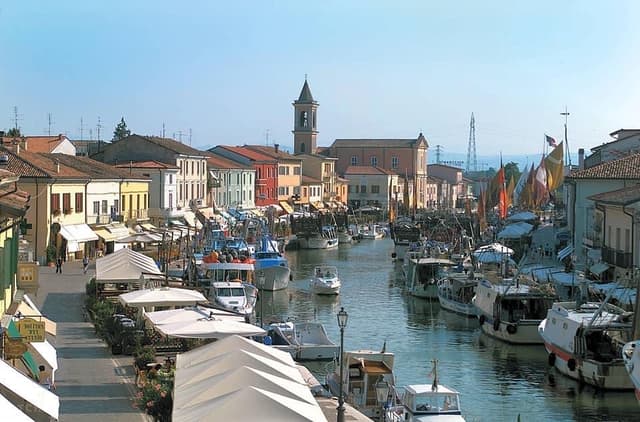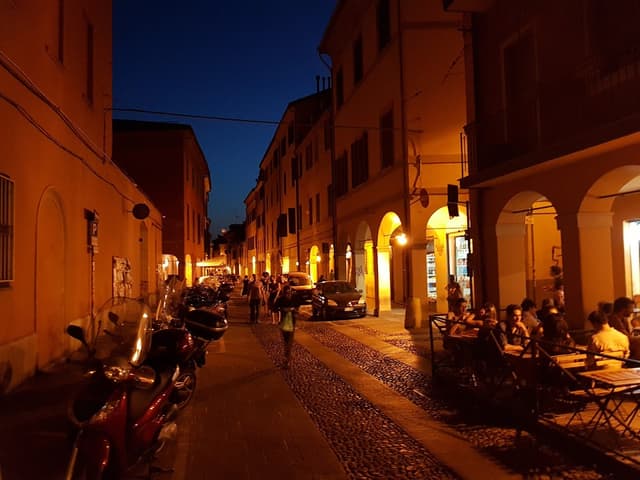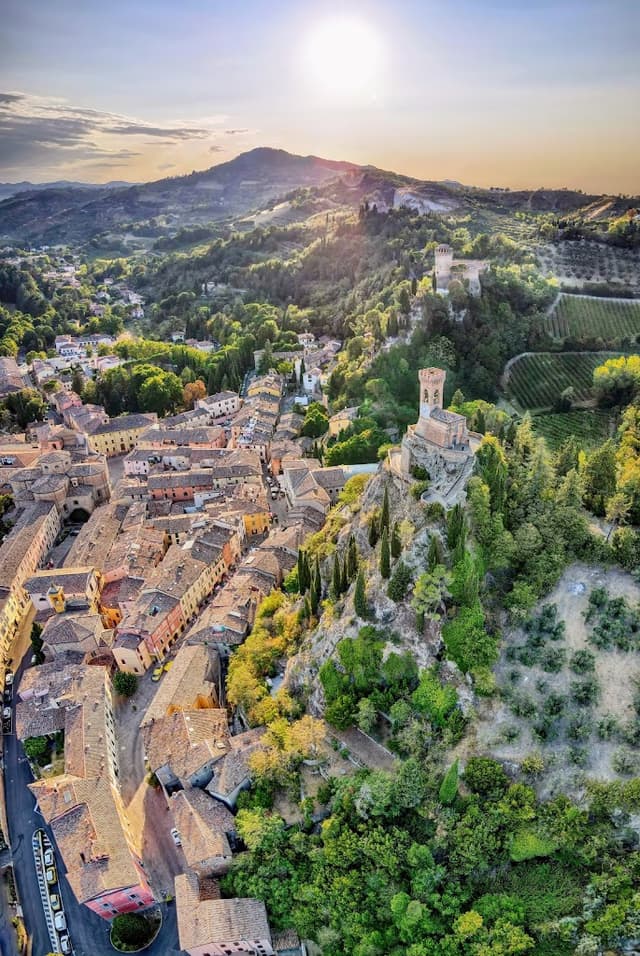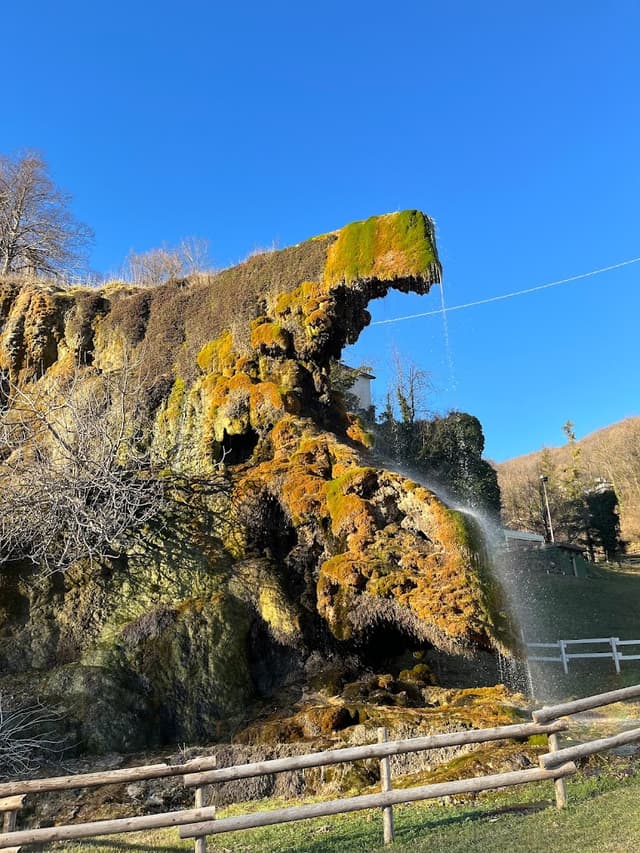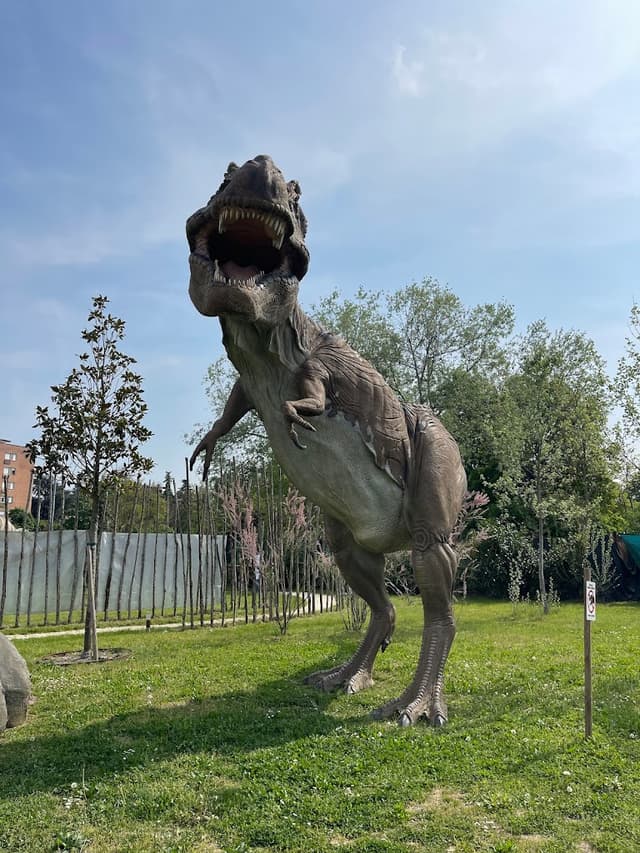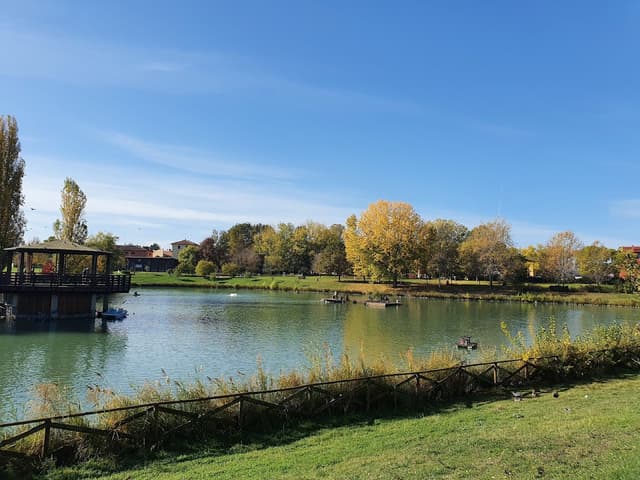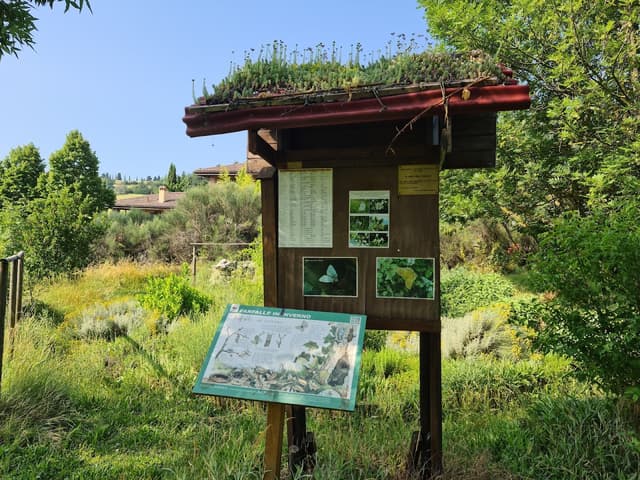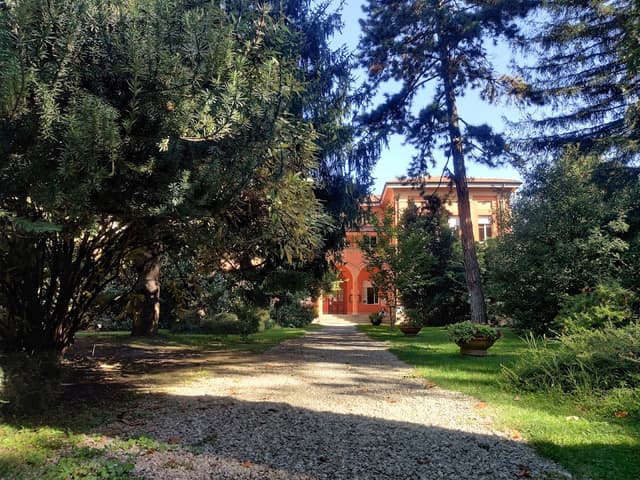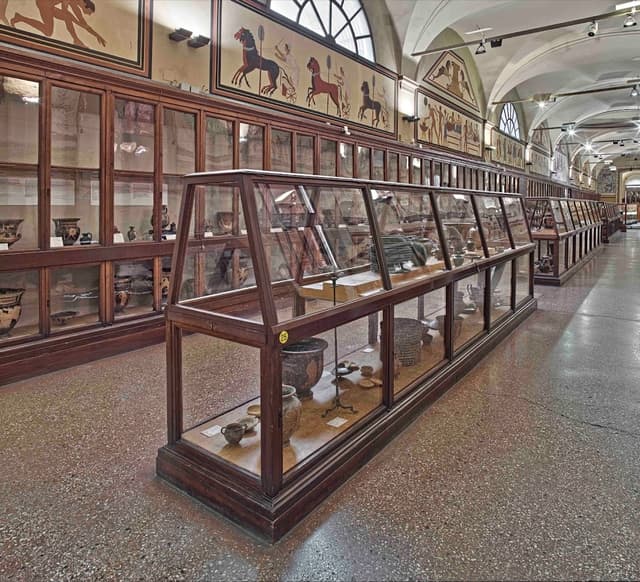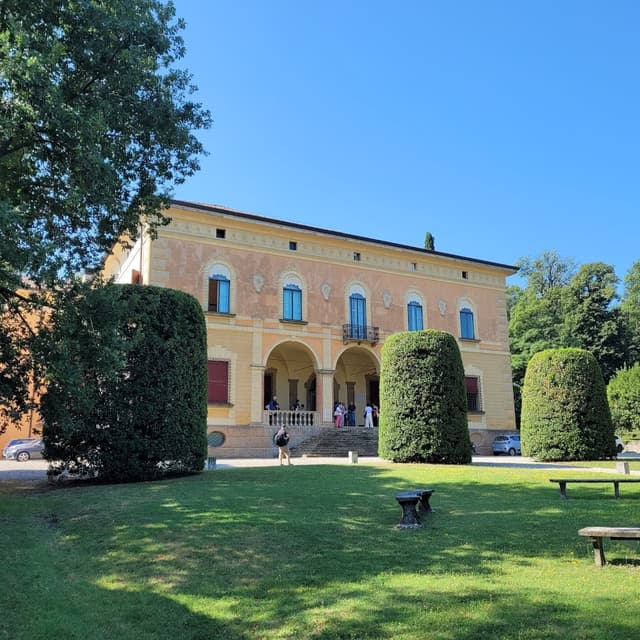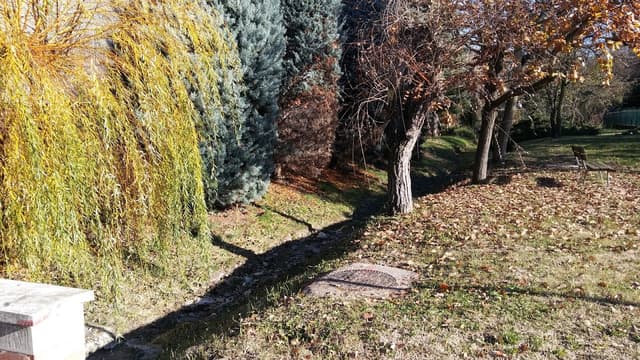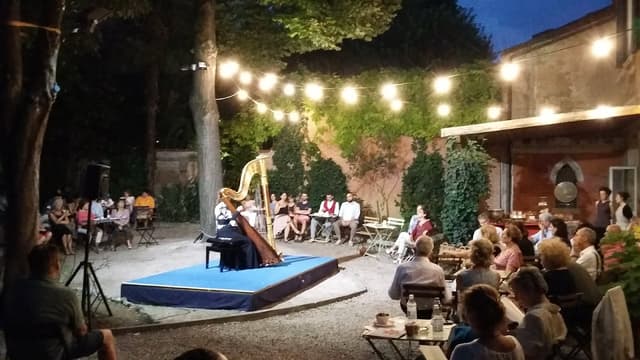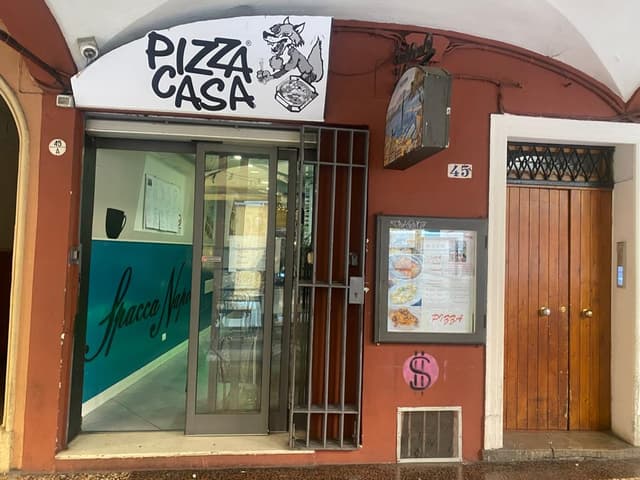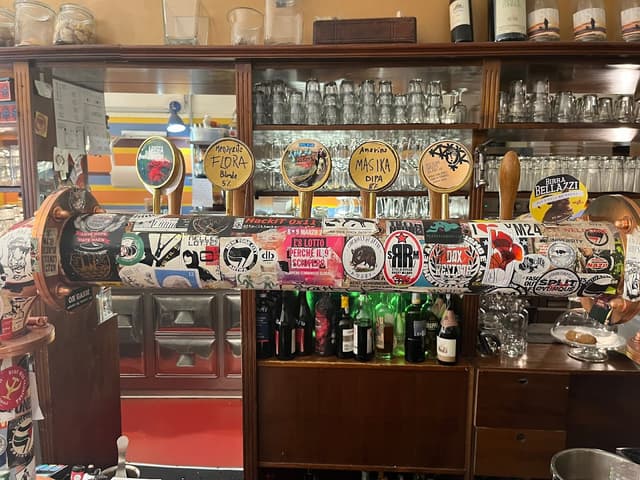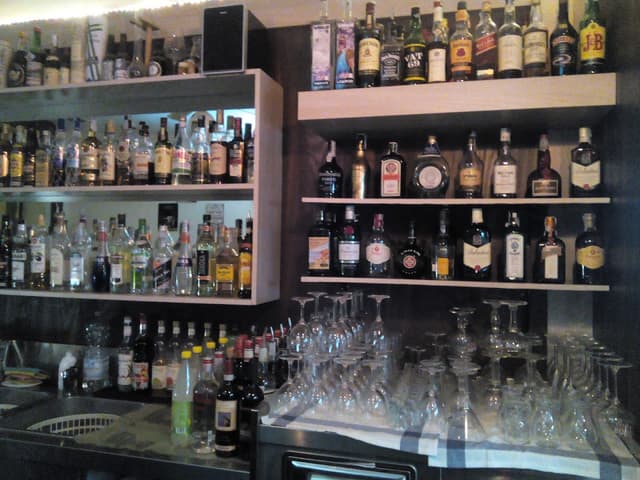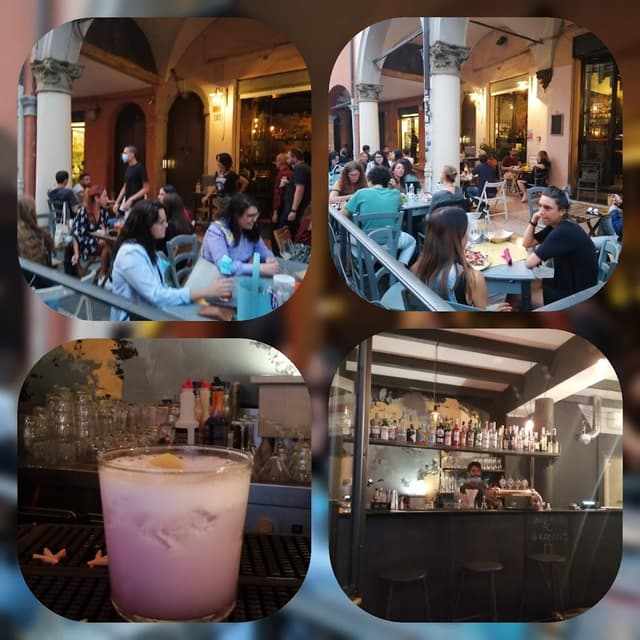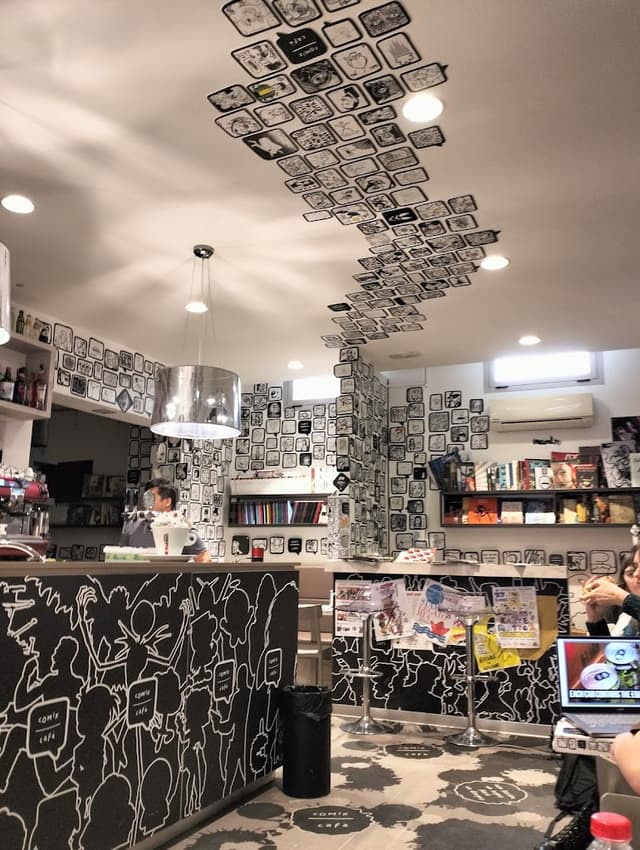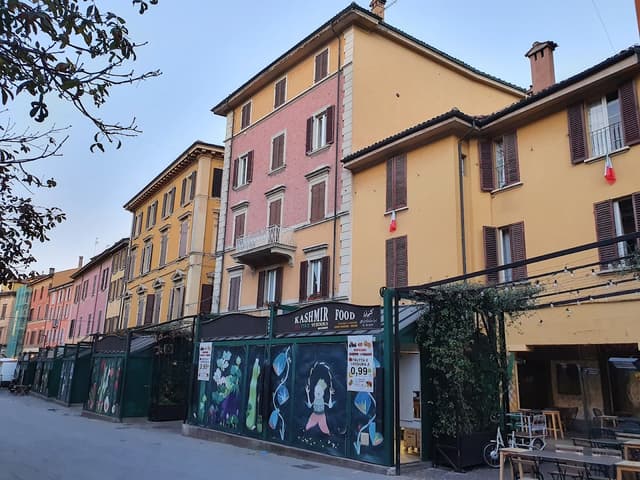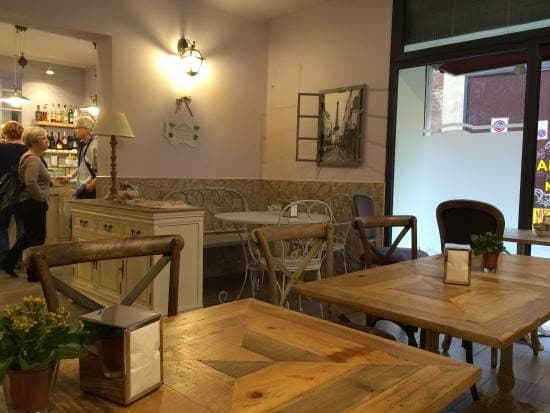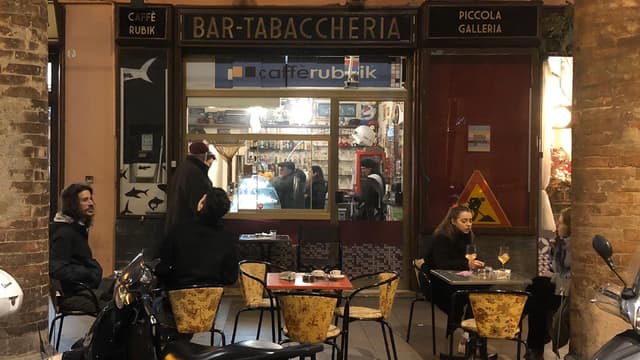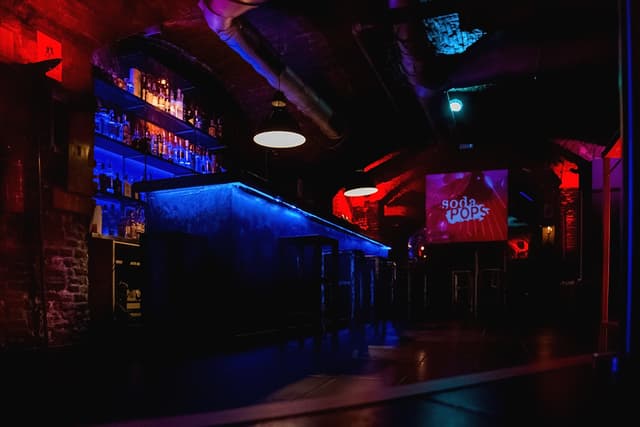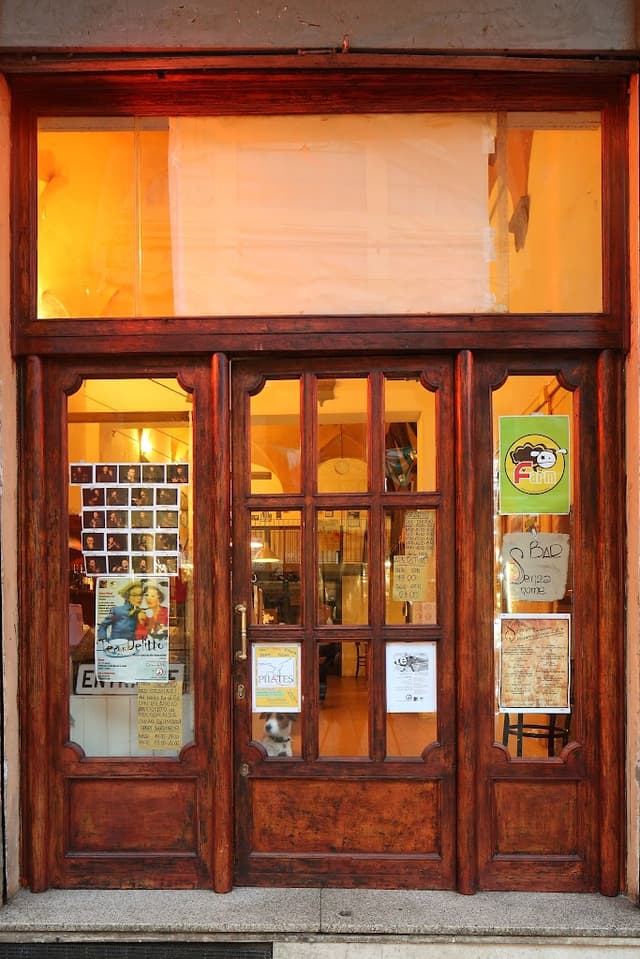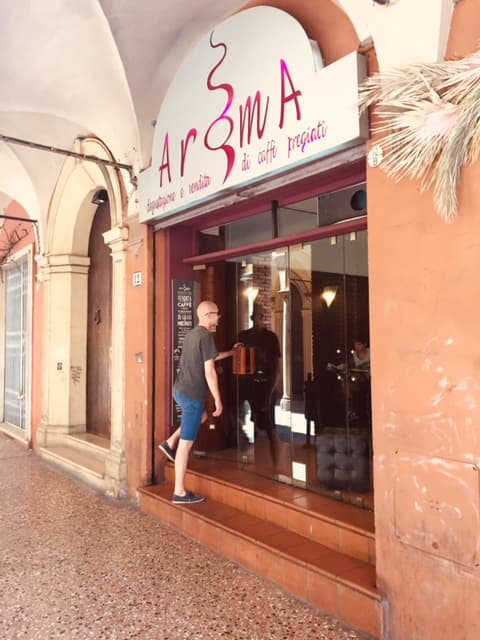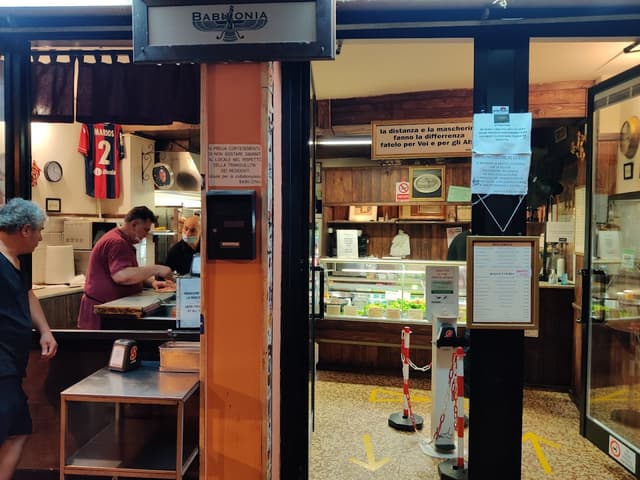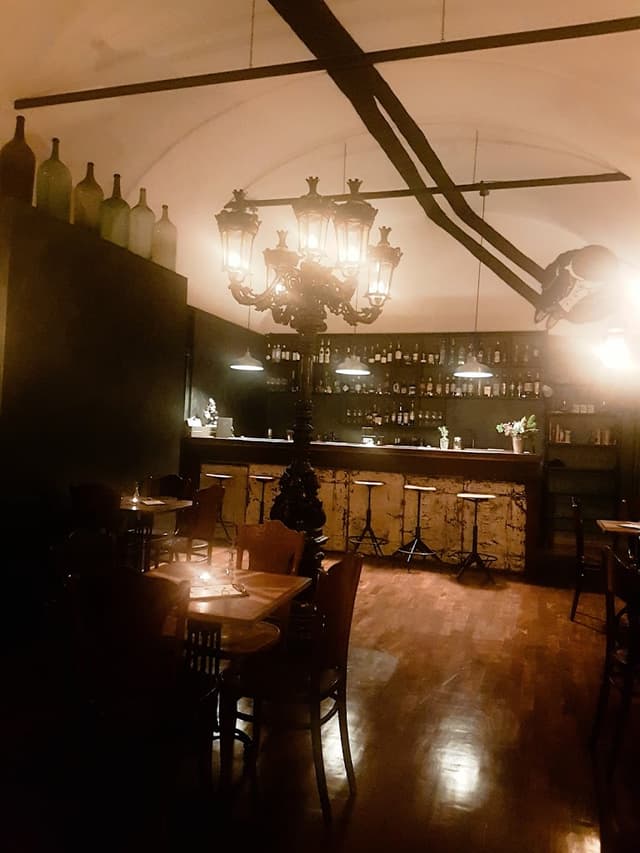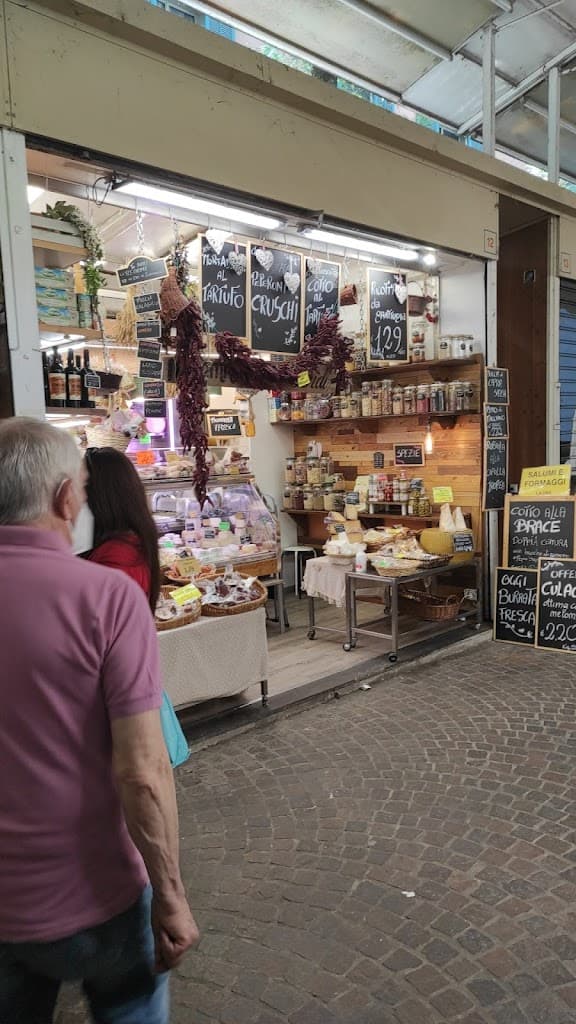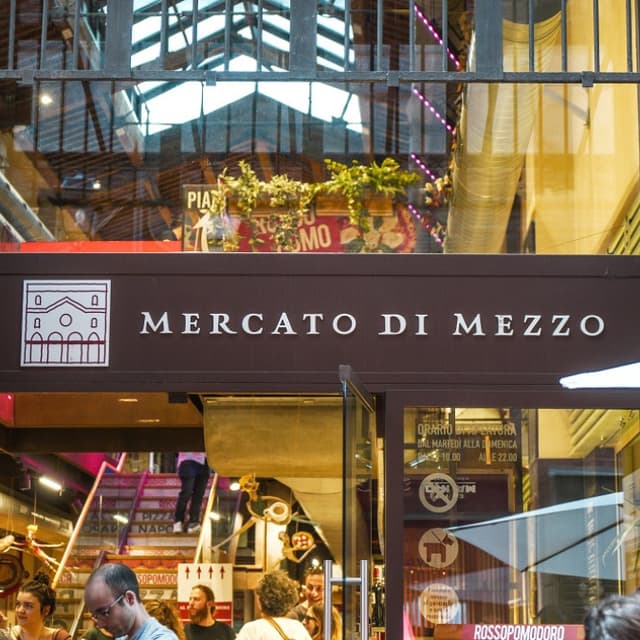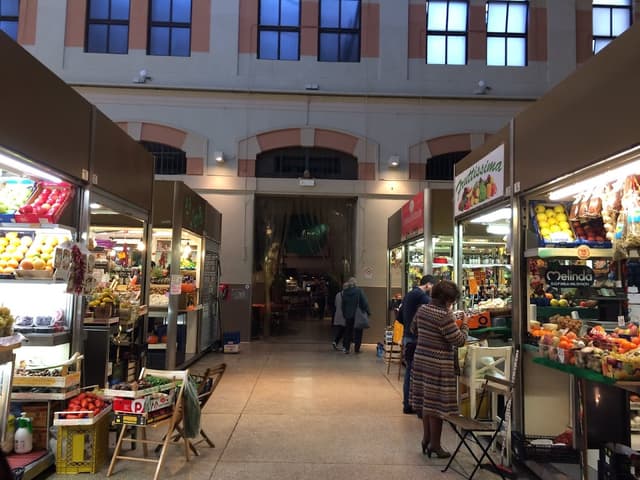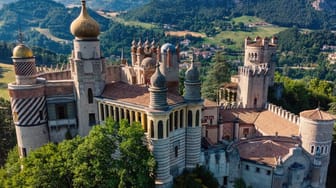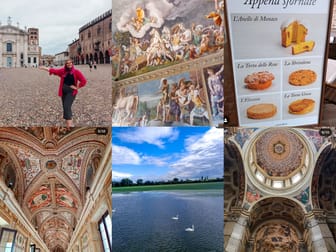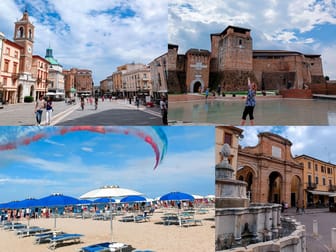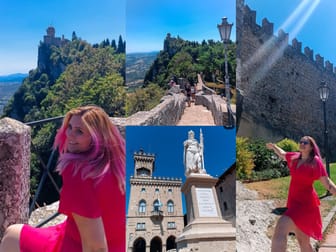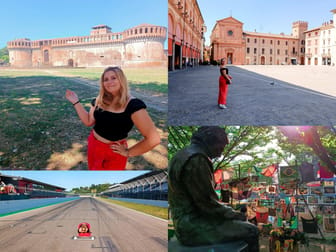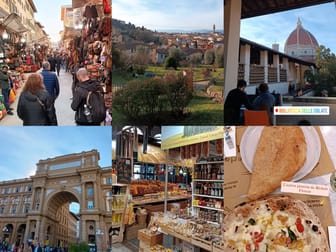Bologna is the capital of the Emilia-Romagna region in northern Italy. It's located in the heart of the region, making it an ideal base for exploring the surrounding area. The city is well-connected by train and road to other key destinations like Modena, Parma, Ferrara, and Ravenna, all of which can be reached in under an hour.
Here’s why Bologna is perfect for a stay while exploring Emilia-Romagna:
1. Central Location:
Bologna sits at a crossroads between northern and central Italy, allowing easy access to many historical towns and cities.
2. Culinary Capital:
Bologna is known as the food capital of Italy, famous for dishes like tagliatelle al ragù, tortellini, and mortadella. It’s an excellent base for food lovers wanting to explore the rich culinary tradition of Emilia-Romagna.
3. Rich History and Culture:
Bologna itself is a treasure trove of history with its medieval towers, porticos, and the oldest university in the world.
4. Ease of Transport:
The city has a major train station that connects to other Italian regions quickly, making it easy for day trips to cities like Florence or Venice.
Whether you’re interested in food, art, or history, Bologna offers the best of all worlds while giving you easy access to the rest of Emilia-Romagna.
PRO TIP:
A budget-friendly drugstore chain similar to DM is Tigota. You can find multiple locations throughout Bologna by searching online. For affordable supermarket brands, Coop and Pam are popular choices. The city has both large supermarkets and smaller ones, such as Pam Local.
7 Secrets of Bologna:
Now, let's dive into the 7 secrets of Bologna:
1️⃣ Canabis Protectio
" FrescoStroll along Dell’Indipendenza Street and look up to discover the ancient motto "Canabis Protectio" under the vaults of Torre Scappi, a tribute to Bologna's once-thriving hemp trade.
2️⃣ The "Wireless Phone"
Visit Piazza Maggiore and experience the marvel of Voltone del Podestà, where an ancient "wireless phone" allowed monks to confess lepers without risk.

Details
3️⃣ The Erection of Neptune's Statue
Decode the secrets of Giambologna's statue of Neptune in Piazza Maggiore, visible from the Stone of Shame, unveiling a mysterious perspective game.
4️⃣ The Three Arrows of Corte Isolani
Beneath the portico of Corte Isolani on Strada Maggiore, discover three arrows in medieval beams, telling a tale of assassins, a nobleman, and a brave woman.
5️⃣ Panum Resis, the Relevance of Bologna University
Visit Zamboni Street's Palazzo Poggi to explore Bologna University's heart, where the Latin motto "Panum Resis" declares knowledge as the core of everything.
6️⃣ The Window that Opens onto Little Venice
Peer through Via Piella's Finestrella for a poetic view of "Little Venice," a romantic spot allowing lovers to reconnect amidst Bologna's mysterious waters.
7️⃣ Get on the Asinelli Tower Looking for the Broken Pot
Climb the iconic Asinelli Tower, seeking the elusive broken pot at its peak, a challenge that connects your heart to Bologna and promises a breathtaking city center view.
HERE IS A MAP OF TOP THINGS TO SEE IN BOLOGNA IF YOU ARE HERE FOR 1 DAY:
You'll likely arrive at either the bus or train station, as they are located right next to each other. From there, you have plenty of options to explore. Bologna is a small and very walkable city, so you can easily get from one end to the other in under half an hour. Here's a list of places you can visit nearby.
Busforfun Fermata Bologna Autostazione
@petrahus

Details
Piazza dell'Otto Agosto
@petrahus
During the weekend, from morning until around 3-4 PM, there is a large market where Indian vendors sell a variety of items, from clothes to kitchenware, all at affordable prices. Be sure to bring cash, and feel free to negotiate for a better deal.

Details
La Piccola Venezia
@petrahus
Try to find a small window that opens :)

Details
Via dell'Indipendenza
@petrahus
This is the main street, and on weekends, it’s usually closed to traffic, turning the entire center of Bologna into a pedestrian zone. It's the perfect time to visit and experience the city’s lively atmosphere, as the streets fill with people enjoying the weekend.

Details

Details

Details
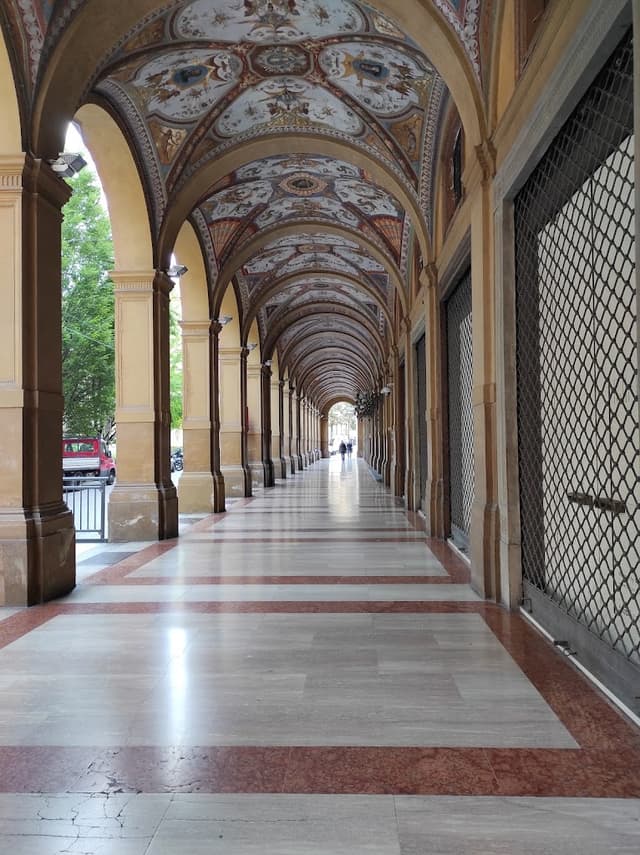
Portici di Bologna
@petrahus
The Portici of Bologna are a distinctive feature of the city's architecture, known for their historical and cultural significance. Spanning over 38 kilometers, these covered walkways line many of Bologna’s streets and provide protection from the elements while enhancing the city’s charm.
Key points about the portici:
Historical Significance: Originating in the 11th century, the portici were developed to address the city's growing need for public space and protection from weather. They reflect Bologna’s rich architectural history and urban planning.
Architectural Variety: The portici display a range of architectural styles, from medieval to Baroque, adding to the city’s visual appeal. They include intricate columns, arches, and decorative elements.
UNESCO Recognition: The portici are part of a UNESCO World Heritage nomination, highlighting their cultural importance and unique contribution to Bologna’s urban landscape.
Walking Experience: The portici create a scenic and sheltered walking experience throughout the city. Notable examples include the long Portico di San Luca, which leads to the Santuario Madonna di San Luca, and the portici surrounding Piazza Maggiore.
Exploring Bologna’s portici offers a glimpse into the city’s architectural evolution and provides a pleasant way to experience its historic streets.

Details
Torre dell'Orologio
@petrahus
The Torre dell'Orologio (Clock Tower) is a prominent historical landmark located in Piazza Maggiore in Bologna. It is part of the Palazzo d'Accursio, Bologna's city hall, which has served as the seat of local government since the 14th century. The tower is named for its large clock, which was installed in the 18th century and is a key feature of the city skyline.
Regular price: Around €8–€10
Reduced price: Typically available for students, seniors, and certain groups, often around €5–€6.
Children: Sometimes free or discounted.
It's a good idea to check in advance if you're visiting during a special exhibition or event, as prices may differ. You can often purchase tickets at the site or through online booking platforms.

Details
Via Zamboni
@petrahus
Via Zamboni is the starting point for affordable student fun, with plenty of student-friendly cafés, bars, and more. It's located just before Piazza Verdi and is a popular hangout spot for students looking to enjoy a good time on a budget.

Details
Piazza Giuseppe Verdi
@petrahus
Main place for evening drinks, cheap aperol!

Details
Piazza Aldrovandi
@petrahus
On the weekend, especially Friday and Saturday, this is the main spot for drinking! A lot of students and young people gather here, buying their drinks from Coop or Pam and partying out in the open. If you're looking for a wild time, this is the place to be!

Details
Antiche Mura II^ Cerchia dei Torresotti Bo
@petrahus

Details
Biblioteca Salaborsa
@petrahus
It is free to enter.
The Biblioteca Salaborsa is one of Bologna's most iconic libraries, located in the heart of the city at Piazza del Nettuno, near Piazza Maggiore. Housed within the historic Palazzo d'Accursio, this public library is renowned not only for its vast collection of books and multimedia resources but also for its stunning architectural features.
One of the highlights of the Biblioteca Salaborsa is its transparent glass floor, which allows visitors to view the ancient ruins of the Roman city of Bononia beneath. The building itself is a blend of old and new, with modern renovations integrated into its historical structure, making it a cultural and architectural treasure.
The library offers a variety of spaces for reading, studying, and hosting cultural events. It also serves as a community hub with regular exhibitions, workshops, and public lectures.

Details
Santo Stefano
@petrahus
The Santo Stefano Door (Porta Santo Stefano) is one of the historical gates in Bologna's ancient city walls. Located near Via Murri, it is part of Bologna’s well-preserved medieval defense system. The gate was originally constructed to control access to the city and protect it from invaders, as well as serve as an entry point for travelers coming from the southeast.
The Porta Santo Stefano is positioned at the end of Via Santo Stefano, a historic street that leads directly to the iconic Basilica of Santo Stefano. Today, while no longer serving its defensive purpose, it stands as a significant architectural and historical monument, representing Bologna's medieval past. The gate has undergone restorations to preserve its structure and is surrounded by the modern development of the city, including the vibrant Murri area.

Details

Basilica di San Francesco
@petrahus
The Basilica di San Francesco in Bologna is a stunning example of Italian Gothic architecture, located near Piazza Malpighi. Built between the 13th and 14th centuries, this church is dedicated to St. Francis of Assisi and is one of Bologna's most important religious landmarks.
Key features of the Basilica include:
Gothic Architecture: The Basilica has a beautiful Gothic façade with a large rose window and pointed arches. The interior features soaring vaulted ceilings and intricate stained glass.
Tombs of the Glossatori: In the square outside the church, there are several medieval tombs of famous "Glossators" (legal scholars), who were important figures in Bologna's history, especially during its development as a center for legal studies.
Chapels and Frescoes: Inside, you'll find numerous chapels, some adorned with frescoes from the medieval period. The Basilica has also undergone several restorations that highlight both Gothic and Renaissance elements.
Cloister: The peaceful cloister and surrounding gardens are serene spaces where visitors can relax and reflect.

Details
Parrocchia Sacro Cuore Gesu
@petrahus
The Parish of the Sacred Heart of Jesus (Parrocchia del Sacro Cuore di Gesù) is a prominent church located in the Bolognina neighborhood of Bologna. It's an example of a neoclassical architectural style and was built in the early 20th century. The church is known for its large dome and impressive façade, and it serves as an important religious and community center for the local population.

Details
One day trips from Bologna by public transport:
Cesenatico
@petrahus
Cesenatico is a charming coastal town on the Adriatic Sea in the Emilia-Romagna region of Italy. Known for its maritime heritage, canals, and beaches, it’s a popular destination for both historical exploration and seaside relaxation.

Details
Castello dei Manzoli
@petrahus
The Castello dei Manzoli is a medieval fortress located in Minerbio, near Bologna. Built in the 14th century by the Manzoli family, it served as a defensive stronghold and later became a noble residence. The castle retains its moat, towers, and Gothic-style architecture, making it a fascinating historical site.
Getting there: From Bologna, you can drive (about 30 minutes) or take a bus to Minerbio.
Tickets: Visits are by appointment or during special events. Ticket prices vary, usually around €10 for guided tours. Check local listings for availability.

Details
Via del Pratello
@petrahus
Via del Pratello is a lively street in Bologna known for its vibrant atmosphere, bustling with bars, restaurants, and nightlife. It is popular among locals and visitors for its eclectic mix of dining and entertainment options, making it a great spot to experience the city’s social scene.
During the Festival for National Day of Bologna (Festa del Patrono or Festa di San Petronio), which typically occurs in early October to celebrate Bologna’s patron saint, San Petronio, Via del Pratello often hosts special events. These can include street performances, music, and cultural activities, reflecting the city's festive spirit and community engagement. The festival is a time for locals to celebrate their heritage and enjoy various festivities throughout the city.

Details
Brisighella
@petrahus
Brisighella is a picturesque medieval town in the Emilia-Romagna region, known for its charming atmosphere and historical landmarks. Located about 50 kilometers southeast of Bologna, it’s nestled in the foothills of the Apennines.
Getting There: Drive from Bologna (about 1 hour) or take a train to Faenza, then a bus or taxi to Brisighella.

Details
Dozza
@petrahus
Dozza is a charming hilltop village in the Emilia-Romagna region, known for its picturesque streets and vibrant artwork. Key attractions include:
Rocca di Dozza: A historic fortress offering panoramic views and home to a local art collection.
Murales: The village is renowned for its colorful murals painted on the façades of its buildings, part of the Biennale del Muro Dipinto art event.
Enoteca Regionale: Located in the Rocca, it showcases local wines and offers tastings.
Getting There: It’s about a 30-minute drive from Bologna, or you can take a train to Imola and then a short bus ride.

Details
Cascate di S. Cristoforo di Labante o cascate dell'Aneva
@petrahus
The Cascate di San Cristoforo di Labante, also known as the Cascate dell'Aneva, are scenic waterfalls located in the Casentino Forests area in Tuscany. They are a popular natural attraction, known for their picturesque beauty and tranquil surroundings.
Highlights:
Scenic Beauty: The waterfalls cascade through lush forested terrain, offering stunning views and a peaceful atmosphere.
Hiking: Accessible via hiking trails, which allow visitors to explore the surrounding natural landscape.
Getting There:
By Car: Drive to the Casentino Forests area, near the town of Poppi or Stia, then follow local trails to the waterfalls.
By Public Transport: Take a train to Poppi or Stia, and then a local bus or taxi to the hiking trailheads.

Details
Have MORE time in Bologna??
Since I lived there, here are a few unique things to do if you find yourself looking for a change of scenery. The center of Bologna can be quite hot with limited shade and parks, so here are some great escapes into nature:
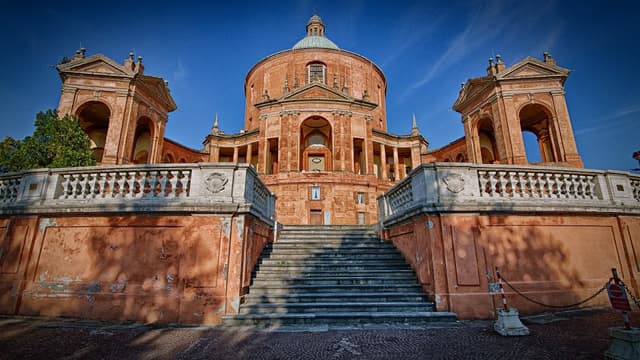
Santuario Madonna di San Luca
@petrahus
The Santuario Madonna di San Luca in Bologna dates back to the 12th century, originally established to house a revered icon of the Virgin Mary. The sanctuary became an important pilgrimage site, with the current structure completed in the 18th century, featuring a Baroque design and a distinctive dome. It is renowned for its 3.5-kilometer portico, which connects it to the city center, allowing pilgrims and visitors to make the scenic ascent up the hill.
To reach the Santuario Madonna di San Luca from the Meloncello bus stop in Bologna, follow these steps:
Start at the Meloncello bus stop: Exit the bus and head towards the archway of the Portico di San Luca.
Walk through the Portico: Begin your walk through the portico, a covered walkway lined with arches. This iconic path stretches over 3.5 kilometers and features 666 arches.
Continue uphill: As you walk, you’ll gradually ascend the hill, with the sanctuary visible in the distance.
Reach the Sanctuary: At the end of the portico, you’ll arrive at the Santuario Madonna di San Luca, offering stunning views of Bologna and the surrounding countryside.
The walk takes about 45 minutes to an hour, depending on your pace. The portico provides a unique and scenic approach to this historic pilgrimage site.

Details
Dinosauri in Carne e Ossa - il Parco
@petrahus
Dinosauri in Carne e Ossa – il Parco is a dinosaur-themed park located in Verucchio, in the Emilia-Romagna region. This park offers an engaging experience for visitors of all ages, featuring life-sized dinosaur replicas set in a naturalistic environment.
Highlights:
Life-Sized Models: The park showcases various dinosaur models that move and roar, providing an immersive experience.
Educational Displays: Information panels and interactive exhibits help visitors learn about dinosaurs and prehistoric life.
Scenic Location: Set in a picturesque area with views of the surrounding countryside.
Getting There:
By Car: It's about a 1-hour drive from Bologna.
By Public Transport: Take a train to Rimini, then a local bus or taxi to Verucchio.
Tickets: Generally priced around €10–€15 for adults, with discounts for children and families. Check the park’s website for current prices and visiting hours.

Details
Parco Dei Giardini Della Ca Bura
@petrahus
Parco dei Giardini della Cà Bura in Bologna is a serene urban park offering lush green lawns, shaded areas, and playgrounds for children. It's an ideal spot for relaxation and family outings, with occasional cultural events and activities. The park is easily accessible by public transport, bike, or on foot from central Bologna, and entry is generally free, though some events might require a fee.

Details
Giardino Delle Farfalle
@petrahus
Giardino delle Farfalle (Butterfly Garden) in Bologna is a charming park dedicated to butterflies and nature. It features beautifully landscaped gardens with plants that attract a variety of butterfly species. Visitors can enjoy serene walking paths and educational displays about butterfly conservation. The garden is easily accessible by public transport or bike, and entry is usually free, though special events may have separate fees.

Details
Botanical Garden and Herbarium
@petrahus
The Botanical Garden in Bologna typically has a modest entrance fee. As of the latest information:
General Admission: Around €3–€5
Reduced Fees: Often available for students, seniors, and groups, usually around €2–€3.
Free Entry: Generally available for children under a certain age and on special days or events.
It's a good idea to check the official website or contact the garden directly for the most current pricing and any potential discounts.

Details
Giardini Margherita
@petrahus
Giardini Margherita is Bologna's largest public park, providing a spacious green retreat with walking paths, a large pond, playgrounds, and sports facilities. The park hosts various events throughout the year, including open-air concerts, art exhibitions, and local festivals. It’s easily accessible from the city center by public transport, bike, or on foot. Entry is free, making it a popular destination for both relaxation and cultural activities.

Details
Archaeological Museum of Bologna
@petrahus
The Archaeological Museum of Bologna is a notable cultural institution housing a rich collection of ancient artifacts, including Etruscan, Roman, and Egyptian antiquities. Key exhibits include the Etruscan collection with items from the ancient city of Felsina and the Egyptian section, featuring mummies and sarcophagi.
Ticket Fees:
General Admission: Approximately €6–€8
Reduced Fees: Around €4–€5 for students, seniors, and groups.
Free Entry: Often available for children under a certain age, and on special days or during particular events.
It's advisable to check the museum’s official website for the most current ticket prices and details on special offers or free entry days.

Details
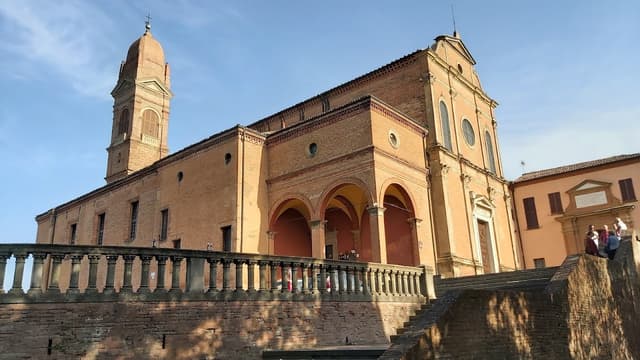
San Michele In Bosco
@petrahus
San Michele in Bosco is a historic monastery located on a hill overlooking Bologna. It is renowned for its beautiful architecture, peaceful setting, and panoramic views of the city.
History: The monastery was founded in the 8th century by the Benedictines and has undergone various renovations over the centuries. It features a mix of Romanesque and Baroque architectural styles, reflecting its long history. The site has also been used as a hospital and a seminary, contributing to its rich historical legacy.
Getting There:
By Public Transport: Take a bus from Bologna’s city center to the San Michele in Bosco area. Bus lines such as 36 and 39 serve this route.
By Car: Drive up to the monastery, which is located on a hill, with parking available near the entrance.
On Foot: For a scenic approach, you can walk from the city center, enjoying the views and green surroundings along the way.
The monastery is a tranquil destination, offering both historical insights and a peaceful retreat from the urban environment.

Details
Villa Guastavillani
@petrahus
Villa Guastavillani is a historic villa located in the hills just outside Bologna. It dates back to the 16th century and is known for its elegant architecture, beautiful gardens, and scenic views of the surrounding countryside.
Key Features:
Architecture: The villa showcases a blend of Renaissance and Baroque styles, with intricate details and a grand facade.
Gardens: The surrounding gardens are meticulously landscaped, providing a serene environment for relaxation and leisurely strolls.
Events: The villa is often used for cultural events, weddings, and private functions, making it a popular venue for special occasions.

Details
Parco fluviale Rastignano-Carteria
@petrahus
The trail from Parco Fluviale Rastignano-Carteria to Pianoro is approximately 7 to 10 kilometers, depending on the specific route taken. This distance typically translates to a walking time of about 1.5 to 2.5 hours, depending on your pace and the trail conditions.
The trail offers scenic views and a pleasant walking experience through natural landscapes, with opportunities to enjoy the surrounding flora and fauna. Be sure to check local maps and trail guides for the most accurate information and any updates on trail conditions.

Details
Bars, nightclubs and nightlife:

Details

Details

Details
Pizza Casa
@petrahus
Cheap pizza for 3-5 euros when you are drunk. At Aldrovandi

Details

Details

Details

Details

Details

Details

Details
Cluricaune Irish Pub
@petrahus
Place for Erasmus meetings and meeting international people, discount with ESN card.

Details

Details

Details

Details

Details

Details

Details

Details

Details

Details

Details

Details
Good local Food markets:

Details

Details

Details
HAVE FUN ❤️ 🧡 💛 💚 💙 💜
* * *
